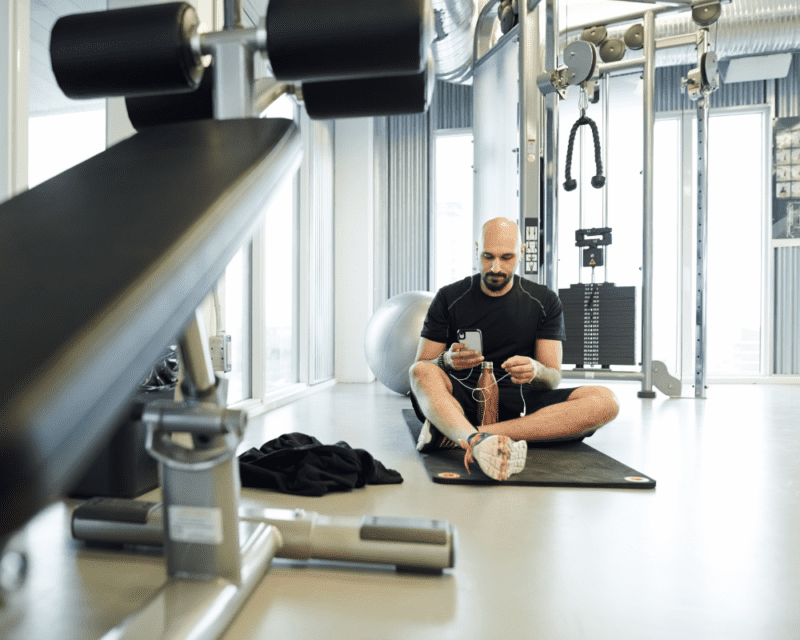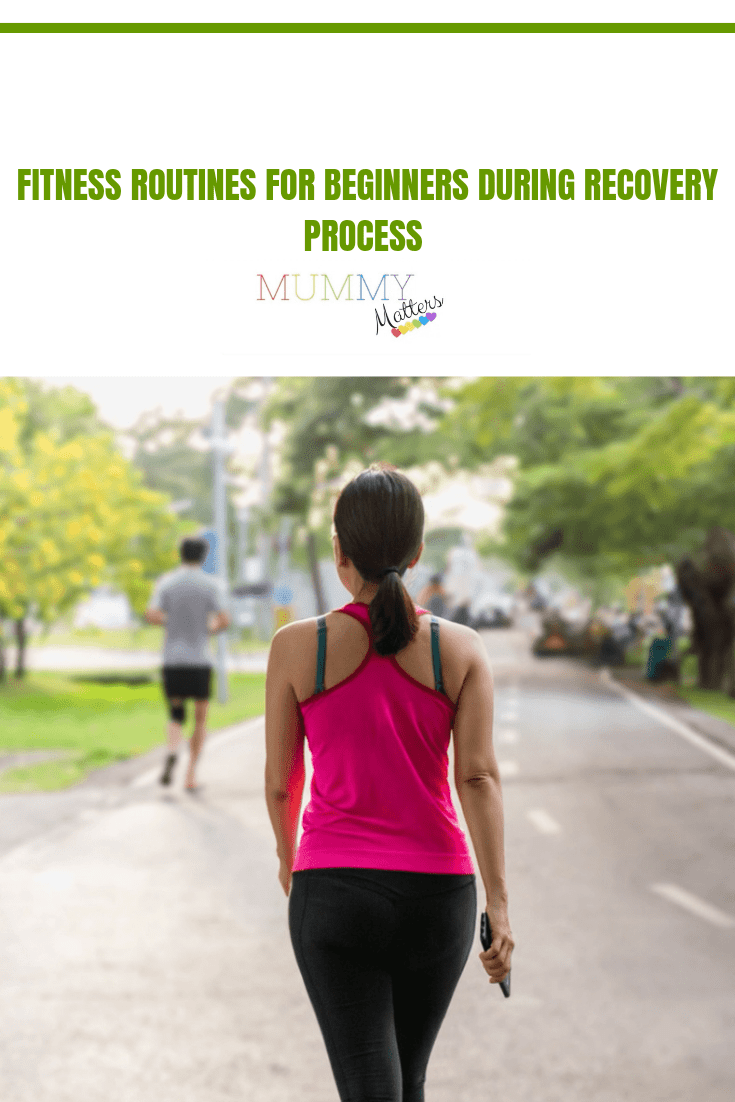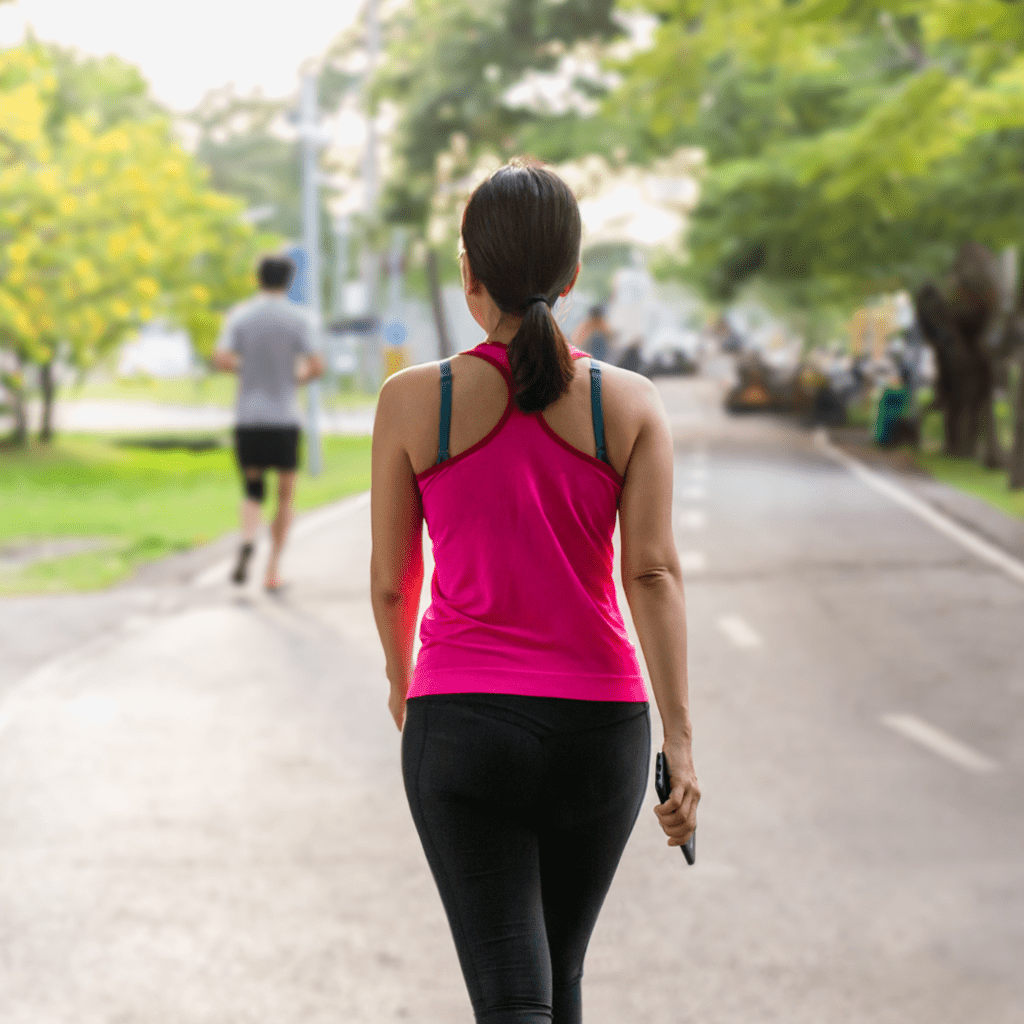Exercise does wonders for your body. Not only does your physical health improve, but so does your mental well-being. As a result, you feel good about yourself, find it easier to combat stress, and eliminate any pent-up energy, making a recovery smooth. You can indulge in numerous exercise regimes like yoga, swimming, and hiking. Still, before you start, you must take certain precautions to ensure you don’t hurt yourself while working out.
Since these workout routines are new to you at the beginning, you can be more vulnerable to injury. You may not know how to warm up adequately, understand how to interact with gym equipment safely, or accidentally try a technique that is too advanced for your standards. So to ensure you get to enjoy practising your new regime, here’s what you need to know:
1. How Does A Fitness Routine Help?
Ideally, a good fitness regime includes balance training and core exercises and also pays attention to your flexibility. Rehab centres are well aware of the benefits of a good fitness routine. That is why they may have onsite gyms, outside courts, and exercise rooms available for your usage. But before using these services, consult your choice of the rehab centre to learn more about your dependency problem. It also involves understanding your prescribed treatment and how your overall health plays a role in your recovery.
With access to a good fitness regime, rehab centres provide a customized diet and connect you with a therapist to help you manage your mental health patterns. So if you are struggling with issues like anxiety, addiction to substances, experience intense restlessness, and find it hard to ward off your cravings, you should consider exercising. Physically exerting yourself allows your circulation to get better. You also release an influx of serotonin and endorphins, which make you feel good after successful training. When your mind is at peace, it is hard for your dependency issue to develop again.
2. What Should You Worry About When Exercising in Recovery?
While exercise is excellent in preventing relapse, too much of it is terrible for your health. Your body needs frequent breaks, and pushing yourself without taking rest is bad for you. When you are not careful about the routine you follow and don’t warm up your muscles before you start, you can end up injuring yourself.
Additionally, if your diet doesn’t match the calories you burn daily, you may experience malnutrition and lose weight unhealthily. You should never work out unless you have the proper gear, such as the right shoes, clothing, and protection. Improper equipment can give you blisters and wounds since they are not made for rapid physical exertion.
3. How To Develop A Suitable Exercise Routine?

If you aren’t used to exercising, it will take your body some time to adjust to your new routine. Your first few days may be challenging, coupled with intense body aches and pain from carrying out a harsh regime. Therefore, you should start slow and build your momentum.
Try working out thirty minutes a day before steadily increasing your time to forty minutes. You may talk to your rehab centre to develop an appropriate exercise program. You should also consult a doctor to ensure you don’t have any underlying issues like asthma which can intervene with your workout.
Furthermore, making a schedule can help you stay on track and ensure you accomplish your workout for the day. You may also look into fitness groups and meetups where you can practice your routine with a friend instead of doing it alone. Don’t forget to take breaks as much as possible, especially when you don’t feel well, and maintain a healthy diet.
4. What Fitness Routines Can You Explore?
There are numerous sessions that you can join to facilitate your recovery. But, you should work with a routine that is easy for you to follow, doesn’t aggravate your health, and can carry on doing. It would be best to mind your physical limitations, which may worsen your situation. Here are some activities you can do:
Walking
Walking is one of the most accessible and straightforward routines you can practice. Give yourself at least five minutes to warm up, which includes stretching and flexing your muscles before you begin. Always start your walk normally, then pick up the pace until you walk briskly. Allow yourself to complete a four-mile walk in an hour during your initial days. But as you get used to walking, decrease the time it takes you to complete an entire circuit. Walking for thirty to sixty minutes each day is good for you. When you finish the day, give yourself five minutes to cool off.
Yoga
Yoga is a fitness routine and a holistic way of looking after yourself. This practice involves stretching your body to work on your core and flexibility while simultaneously meditating and focusing on calming your mind. Yoga connects your body with your mind. You learn to tune out your surroundings and pay attention to the sensations you feel as you move from one pose to the next. As a result, you become more aware of your emotions and better at regulating your breathing, which helps you relax.
Your body also becomes increasingly flexible, which improves circulation, toning down inflammation and making your stiff muscles movable again. As a new yoga practitioner on the block, start by warming up your body and meditating. Once you feel relaxed and focused, you can try many beginner positions like the child’s pose. It stretches your lower back, hips, ankles, thighs, and knees while relaxing your spine, shoulder, and neck. When you’re in the child pose, focus on relaxing the spine and lower back muscles as you breathe deeply.
Alternatively, you may try the tree pose. It helps you improve your balance and strengthen your core, ankles, calves, and spine. It is your ideal pose if you’re looking for ways to improve your balance and poster. Once you adopt a tree-like position, close your eyes and breathe as deeply as possible.
CrossFit
CrossFit is a mixture of various exercises compressed into one routine. Each session has diverse practices that you can indulge in. For example, a regime may consist of gymnastics, bodybuilding, and weightlifting. The studio you join will give you many options and durations that you can choose freely. So whether you want to exercise for an hour or enjoy a quick forty-five-minute session, you can pick as you like.
The purpose of CrossFit is to keep you moving and prevent you from getting bored. CrossFit also establishes a sense of community. Since you’re working out with numerous people, you get to share the evidence with them that allows you to bond with your peers. As a result, you don’t feel isolated. You may also feel a sense of belonging, which is essential in healing from your dependency problem.
CrossFit is also empowering as the opportunity to set goals and accomplish them in the time you’ve set for yourself. It can cause a rush of endorphins and serotonin, encouraging you to try again.
Swimming
Immersing yourself in water can be therapeutic for you. The water may feel good against your skin and also relax muscles. This complete body workout requires using your limbs synchronously while regulating your breathing. Once you figure out how to move in water, you’ll enjoy doing laps and find it as a good stress releasor.
Hydrotherapy is also suitable for aching muscles. As a new swimmer, try not to be in the water for more than thirty minutes, as you can risk a cramp. You should also glide in the pool to warm up and practice breathing to prevent inhaling water. When you have better control over your limbs, incorporate your routine with styles like a butterfly, backstroke, or breaststroke.
Final Thoughts

Getting back on your feet after your recovery can be challenging. Dependency issues are not easy to completely heal from and require immense hard work before you start feeling relief. In such cases, it is good to have a fitness routine that keeps all your senses engaged, lets you release energy, and physically boosts your health. The endorphins and serotonins that flood your system after a successful session can motivate you to continue practising.
As a result, your dependency problem may get replaced with a healthy desire to work on your health. There are many routines you can try that can boost your health. These include walking, yoga, CrossFit, and swimming. However, ensure you warm up adequately and take care of all safety measures before indulging in any routine. The last thing you want is to sustain more injuries and prolong your recovery.


